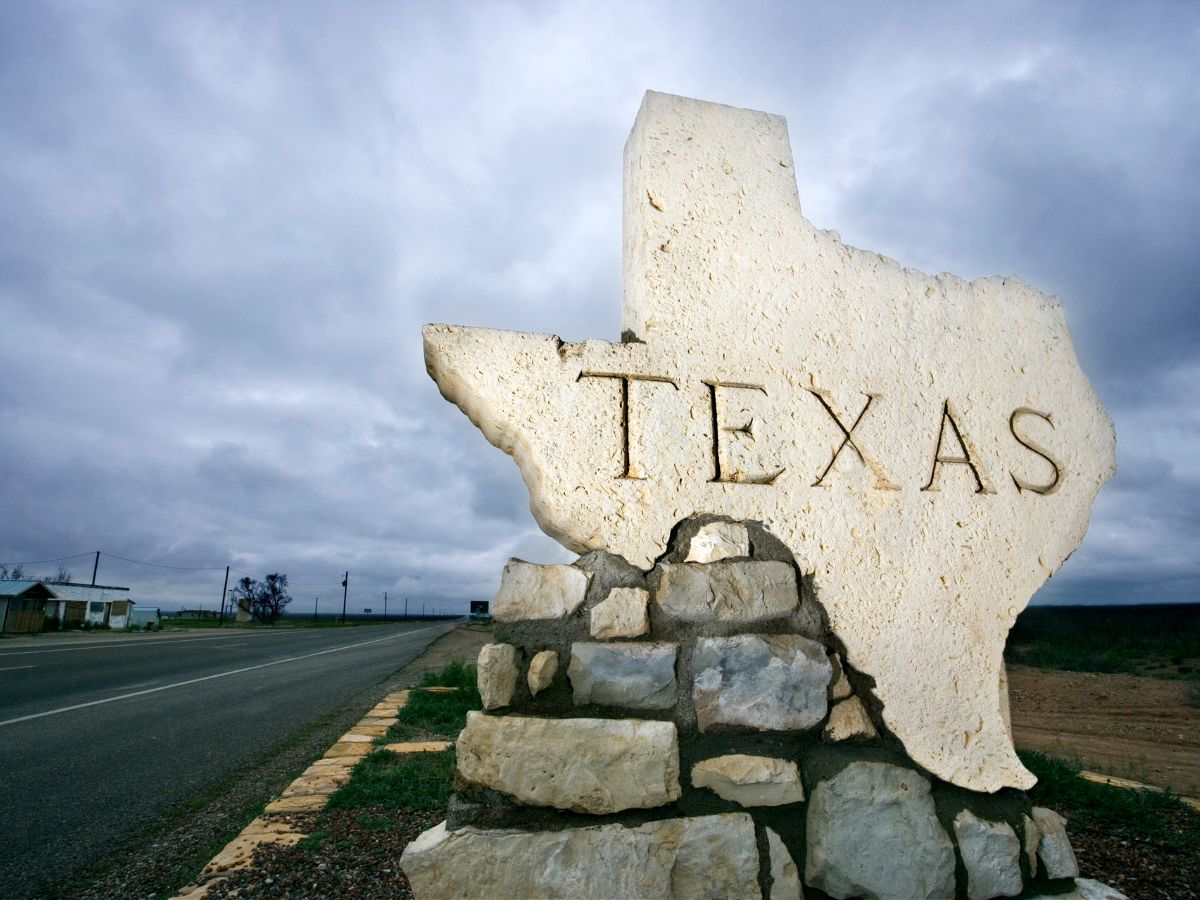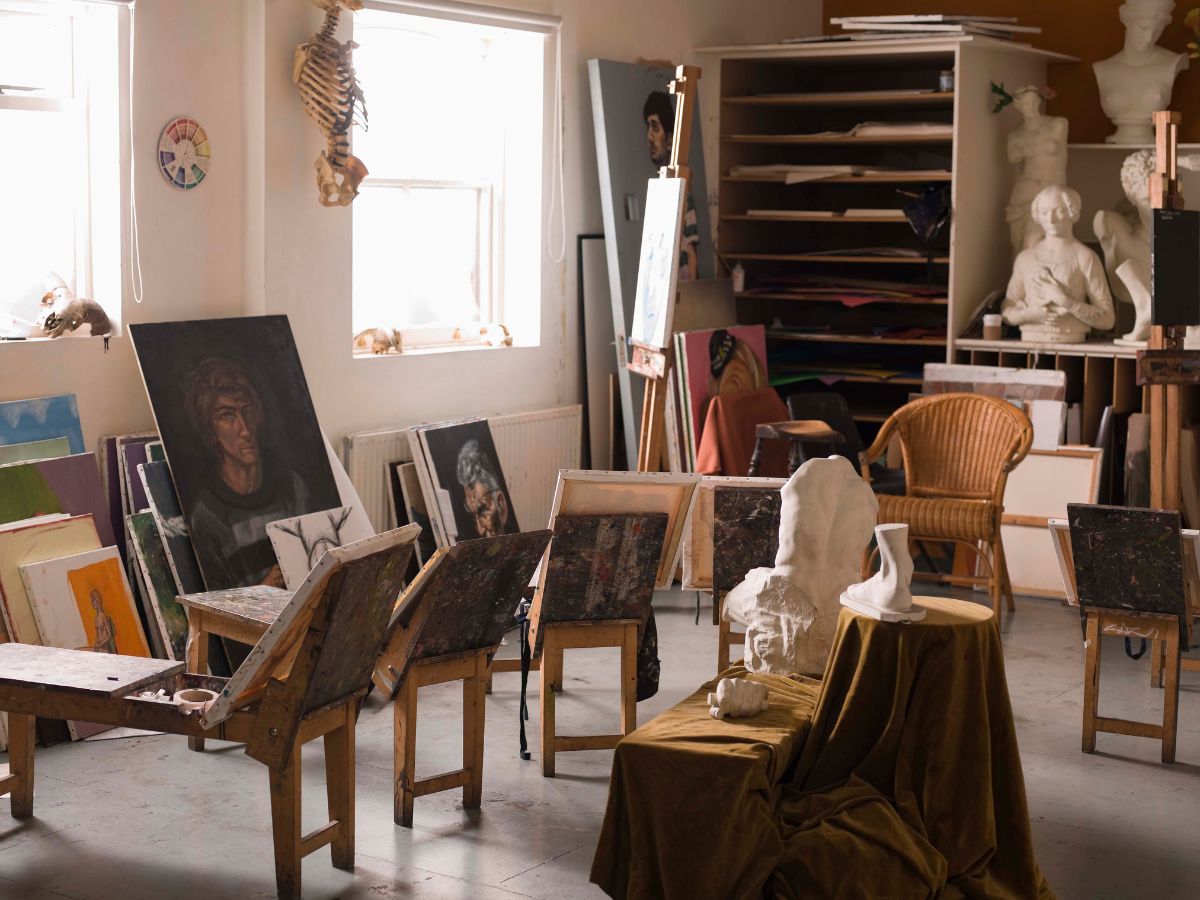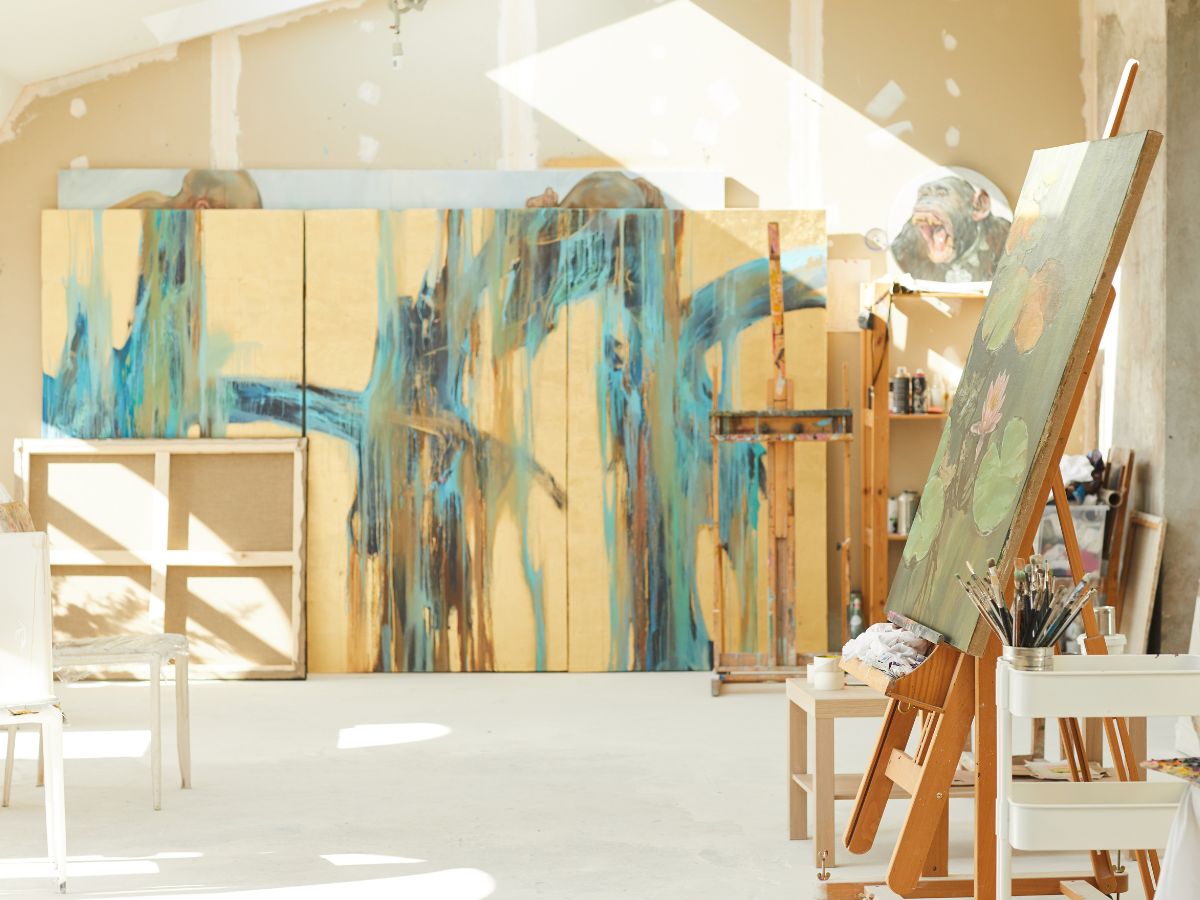
Setting Up an Art Studio in Texas: Your Complete Guide
Setting up an art studio in Texas is an exciting step toward pursuing your artistic ambitions. With its thriving arts communities, affordable spaces, and available resources, Texas provides a great environment for artists. However, the process involves careful planning, including selecting the right location, complying with regulations, and understanding your studio needs.
1. Find the Right Location
Texas is home to many vibrant arts districts, including Austin, Dallas, Houston, and San Antonio. Each city has its unique arts scene, and selecting the right location depends on your goals and target market.
For example, Austin is known for its thriving creative sector, contributing $4.3 billion annually to the economy, making it a great spot for networking and opportunities. Houston, meanwhile, offers affordable spaces and a strong arts infrastructure supported by local government initiatives.
2. Studio Space Requirements
When setting up an art studio, consider factors such as size, lighting, ventilation, and accessibility. Texas artists prefer affordable, well-lit spaces with flexible layouts for different mediums. Aim for a space that allows you to comfortably create and store materials while accommodating future growth.
In Texas, industrial areas or older buildings repurposed as creative spaces are popular among artists, especially in cities like Houston and San Antonio. Keep in mind zoning laws, building codes, and utility needs when leasing a space.
3. Legal Considerations
Ensure you comply with Texas state regulations when starting your art studio. Registering your business with the state, getting the necessary permits, and setting up tax IDs are essential first steps. Texas also offers a variety of funding options, such as grants from the Texas Commission on the Arts, to help offset startup costs.
Also, insurance is crucial to protect your studio and artwork. Many Texas artists choose policies that cover liability, property damage, and theft. Consult with a local insurance agent familiar with art businesses to find the right plan.
4. Funding Your Art Studio
Artists in Texas have access to various funding resources. The Texas Cultural Trust provides financial support for artists, while cities like Austin and Dallas have local grants and initiatives aimed at fostering creative industries. Additionally, crowdfunding or securing small business loans can be an option to raise capital.
5. Promote Your Studio
Once your studio is set up, it’s essential to market it. Join local art organizations, attend community events, and showcase your work in galleries. Texas cities frequently host art fairs and festivals that allow emerging artists to display and sell their work. Don’t forget to build a strong social media presence can help increase visibility and attract clients to your studio.
Read 8 Effective Ways to Promote Your Paintings on Social Media to learn our tips.


